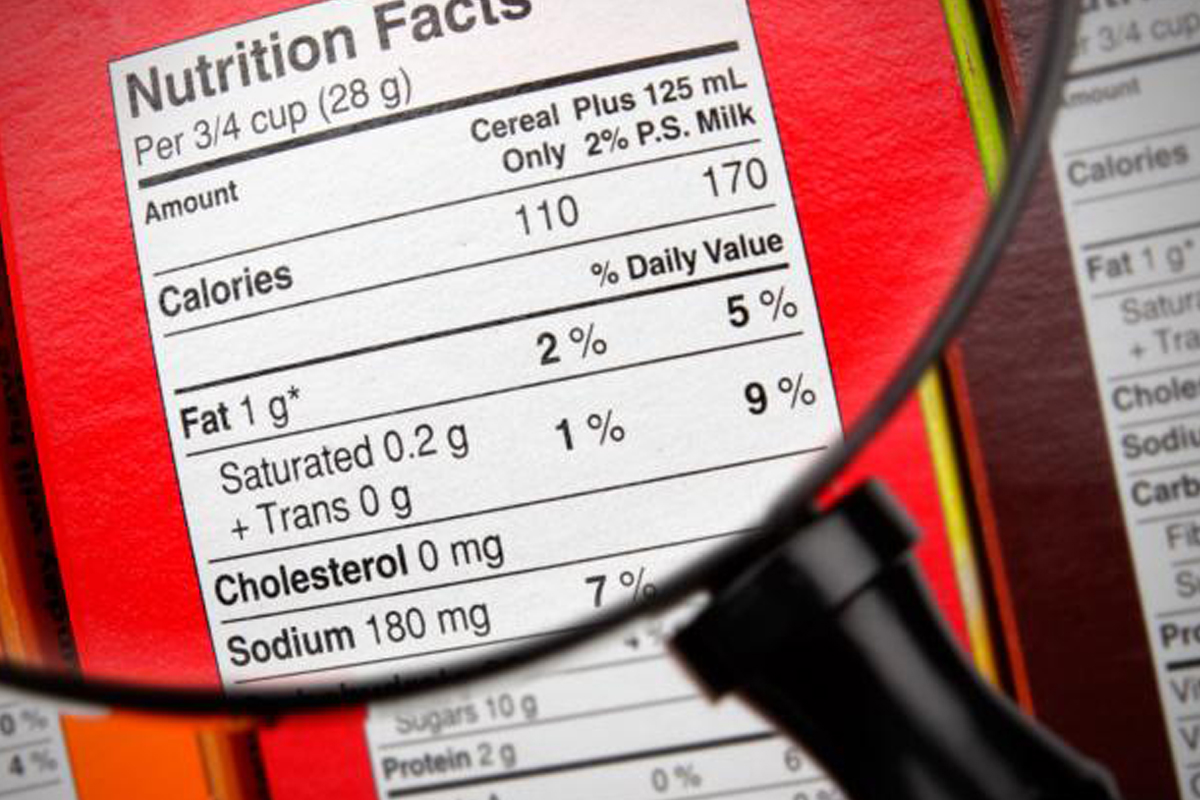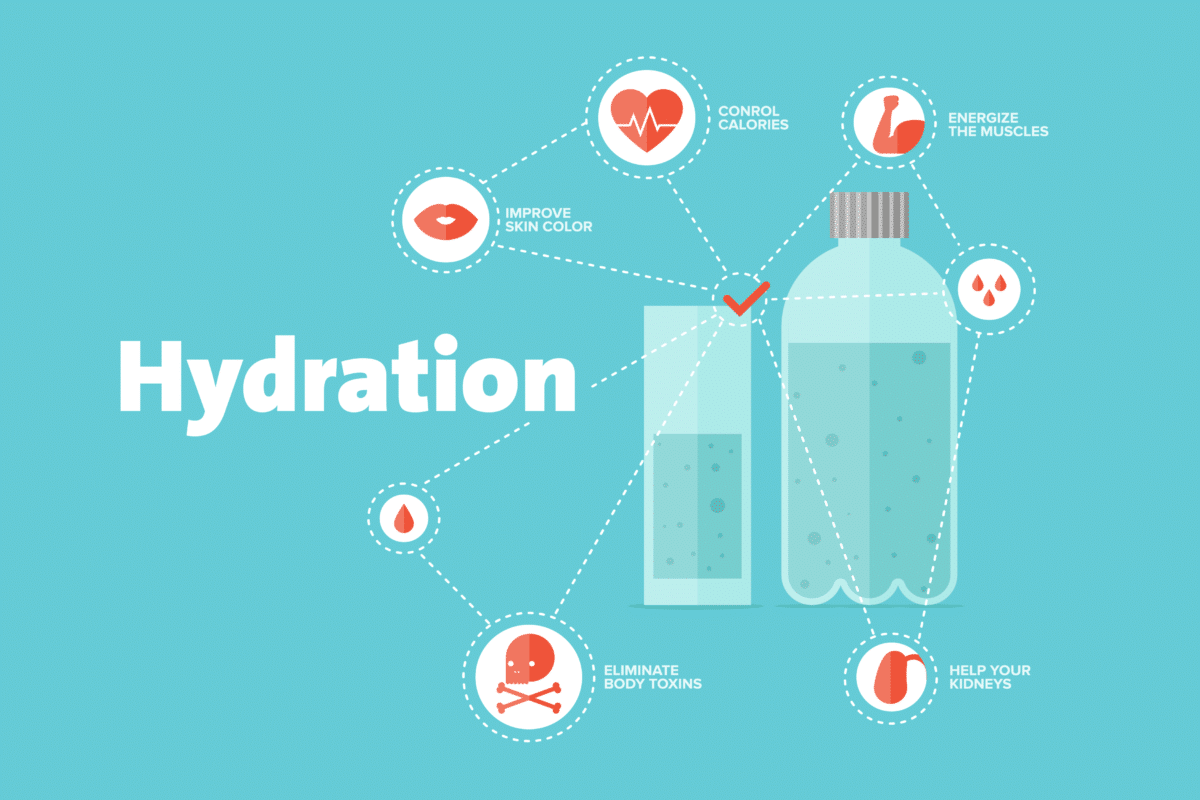Oil, often referred to as the “lifeblood” of cooking, plays a multifaceted role in culinary endeavors, ranging from imparting flavor and texture to facilitating heat transfer and food preservation. Beyond its culinary applications, oil serves as a vital source of essential fatty acids and fat-soluble vitamins, contributing to overall health and well-being. In this article, we’ll explore the importance of oil in food and cooking, highlighting the significance of selecting the right type of oil for optimal nutrition and culinary performance.
The Culinary Significance of Oil:
Oil serves as a fundamental component of cooking, fulfilling various functions that enhance the taste, texture, and visual appeal of dishes. Some key roles of oil in food preparation include:
-
Flavor Enhancement: Oil acts as a carrier of flavor compounds, allowing aromatic ingredients such as herbs, spices, and garlic to infuse their essence into dishes. Different oils possess distinct flavor profiles, ranging from neutral to robust, thereby influencing the overall taste of the final dish.
-
Texture Improvement: Oil contributes to the desirable mouthfeel and texture of foods, particularly in baked goods, dressings, and sauces. It helps tenderize meats, create crispness in fried foods, and impart a silky-smooth consistency to emulsions and sauces.
-
Heat Transfer: Oil serves as a medium for transferring heat during cooking, facilitating the caramelization, browning, and searing of ingredients. Its high smoke point— the temperature at which oil begins to smoke and degrade—makes it suitable for various cooking methods, including sautéing, frying, and roasting.
-
Food Preservation: Certain oils possess natural antimicrobial properties that help inhibit the growth of bacteria and fungi, extending the shelf life of perishable foods such as pickles, marinades, and infused oils.
Selecting the Right Oil: A Nutritional Perspective:
While oil adds richness and flavor to dishes, its nutritional composition also plays a crucial role in promoting health and preventing chronic diseases. When choosing cooking oils, it’s essential to consider factors such as fatty acid profile, stability, and suitability for different cooking methods. Here are some key considerations:
-
Fatty Acid Composition: Oils contain varying proportions of saturated, monounsaturated, and polyunsaturated fatty acids, each exerting distinct effects on cardiovascular health. Opt for oils rich in monounsaturated and polyunsaturated fats, such as olive oil, avocado oil, and canola oil, which have been associated with reduced risk of heart disease.
-
Omega-3 Content: Omega-3 fatty acids, particularly EPA (eicosapentaenoic acid) and DHA (docosahexaenoic acid), play crucial roles in brain function, inflammation regulation, and cardiovascular health. Choose oils high in alpha-linolenic acid (ALA), a plant-based omega-3 precursor, such as flaxseed oil and walnut oil, to boost omega-3 intake.
-
Smoke Point: Consider the smoke point of oils when selecting them for different cooking methods. Oils with higher smoke points, such as refined avocado oil and peanut oil, are suitable for high-temperature cooking like frying and searing, while oils with lower smoke points, such as extra virgin olive oil and flaxseed oil, are best used for low-heat cooking or as finishing oils.
-
Antioxidant Content: Some oils contain natural antioxidants, such as vitamin E and polyphenols, which help protect against oxidative damage and inflammation. Look for oils with high antioxidant levels, such as extra virgin olive oil and virgin coconut oil, to reap additional health benefits.
Conclusion:
Oil plays a pivotal role in food and cooking, contributing to flavor, texture, and nutritional value while imparting culinary creativity and versatility. By choosing the right type of oil based on its nutritional profile and suitability for different cooking methods, individuals can optimize both the taste and healthfulness of their meals. Embrace the richness of oils in your culinary repertoire, and savor the delights of flavorful and nourishing dishes crafted with care and consideration.




